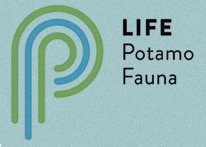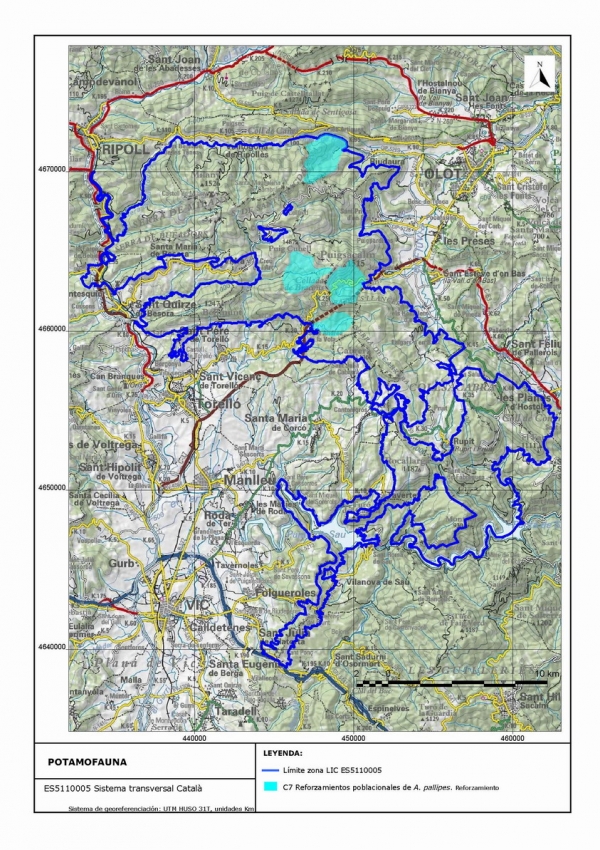Transversal Catalan System
Surface: 28,563.400 hectares
The Natura 2000 zone Transversal Catalan System (ES5110005) includes four Areas of Natural Interest declared in the Plan for Areas of Outstanding Natural Beauty of the Government of Catalonia. These areas are the EIN Montesquiu, EIN Collsacabra, the EIN Savassona, and EIN Serra de Milany-Santa Magdalena and Puigsacalm-Bellmunt.
The entire area belongs to the basin of the River Ter. The space consists of three physiographic units:
1- Savassona. It is a space that includes small elevations close to the eastern basin of the Plain of Vic. The calcareous and loamy geology are the main determinants of this unique area of relief. The predominant vegetation landscape is the same as the Plana de Vic: the oak Quercus pubescens with Buxus sempervirens, although most mild climate allows the establishment of a number of plant communities typical of the country of the oak.
2- Collsacabra. Form a well-defined morphological an entrenched set culminates with an extensive tabular plateau and mountains above 1,000 meters. The materials that form this Eocene sediments zones are mainly limestone, siliceous clay (sandstone) and marl. The rainy weather determines the prevalence of sub-Mediterranean and Euro-Siberian plant landscape (oak, beech, moors ...). The rugged relief and forest abundance of vegetation and its relative isolation make it very suitable for hosting wild animal species typical from Central Europe.
3- Serres de Milany-Santa Magdalena and Puigsacalm-Bellmunt. This is a mountain unit in the headwaters of the River Ges where materials are the dominant sandstone and marl and precise levels of conglomerates, which have resulted in mild relief that barely exceed 1,500 meters. The climatic conditions with high rainfall and moderately soft temperatures, allow the development of the vegetation typical of the montane moist.
The working area of the project does not include the entire space LIC. In this space the area of project focuses only on streams and rivers, involving a very small area centered around these aquatic environments they live in the target project.
This space has been built mainly to conserve populations of White-clawed Crayfish (Austropotamobius pallipes). The catalogue of threatened fauna of Catalonia (pending approval) this species have been considered endangered (its short-term survival is unlikely). It has a wide distribution in Catalonia, but very localized mainly in small and undisturbed creeks and streams. The situation of the crab in space LIC banks Alt Ter is extremely delicate. Its populations are located in a few second order and higher streams where due to a natural barrier (drought, cliffs, ...) the fungus Crayfish plague has not been reached. Currently populations suffer the threat of the spread of invasive crayfish.
The precise details about the process of reproduction in captivity of Austropotamobius pallipes can been found in the corresponding protocol established in accordance with the objectives of this project. One of the essential factors to incorporate this protocol is to maintain breeding lines for each separate area of origin of the parental units. The reinforcements population will be carried out in appropriate sectors included in the SCI area covered by the project. About the sectors where the species has disappeared, but always within the LIC which is still present, this will enable the establishment of new populations are at least 1 in every LIC.
In this area some actions have been planned for translocation of specimens from existing populations or from specimens of captive breeding.

















